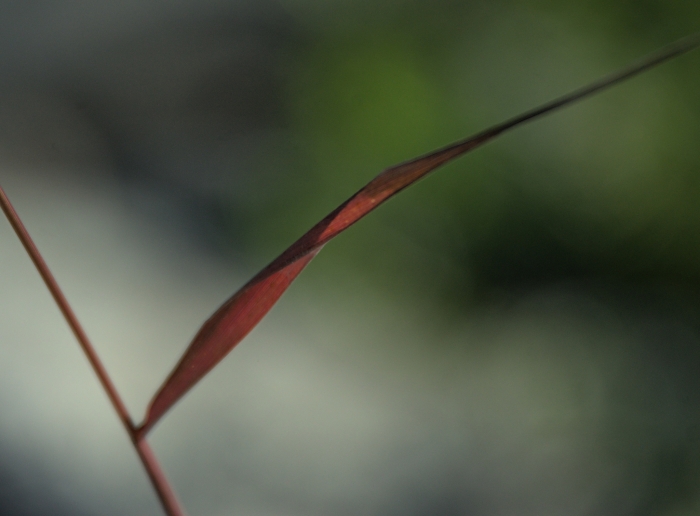Siberian Wildrye
(Elymus sibiricus)
Siberian Wildrye (Elymus sibiricus)
/
/

Pavel Komkov
CC BY 4.0
Image By:
Pavel Komkov
Recorded By:
Copyright:
CC BY 4.0
Copyright Notice:
Photo by: Pavel Komkov | License Type: CC BY 4.0 | License URL: http://creativecommons.org/licenses/by/4.0/ | Rights Holder: Pavel Komkov | Publisher: iNaturalist | Date Created: 2022-08-16T08:35:45-07:00 |

























Estimated Native Range
Summary
Elymus sibiricus, commonly known as Siberian wildrye, is a perennial grass native to the grasslands and open woodlands of temperate regions of Asia, including Siberia and northern China. It typically grows up to 4 feet tall with a similar spread, featuring blue-green leaves and erect, slender stems. Siberian wildrye blooms in the summer, producing spikes of wheat-like flowers that are not particularly showy but add a textural element to the landscape. The plant’s ability to withstand cold temperatures makes it a hardy choice for northern climates.
Siberian wildrye is valued for its robust growth and adaptability to a variety of soil conditions, from sandy to clay soils, provided they are well-drained. It is drought-tolerant once established, making it a low-maintenance option for gardeners. This grass is commonly used for grazing, erosion control, and as an ornamental grass in gardens, where it can serve as a vertical accent or a component of a mixed border. It is also used in restoration projects to stabilize soils and reclaim disturbed lands. While generally disease-resistant, it can be susceptible to rust in humid conditions. Siberian wildrye is not known to be invasive and does not typically present problems with aggressive roots or invasiveness when grown outside its native range.CC BY-SA 4.0
Siberian wildrye is valued for its robust growth and adaptability to a variety of soil conditions, from sandy to clay soils, provided they are well-drained. It is drought-tolerant once established, making it a low-maintenance option for gardeners. This grass is commonly used for grazing, erosion control, and as an ornamental grass in gardens, where it can serve as a vertical accent or a component of a mixed border. It is also used in restoration projects to stabilize soils and reclaim disturbed lands. While generally disease-resistant, it can be susceptible to rust in humid conditions. Siberian wildrye is not known to be invasive and does not typically present problems with aggressive roots or invasiveness when grown outside its native range.CC BY-SA 4.0
Plant Description
- Plant Type: Grass
- Height: 1-2.5 feet
- Width: 1-3 feet
- Growth Rate: Moderate
- Flower Color: N/A
- Flowering Season: Spring, Summer
- Leaf Retention: Deciduous
Growth Requirements
- Sun: Full Sun, Part Shade
- Water: Low
- Drainage: Fast, Medium
Common Uses
Drought Tolerant, Erosion Control, Low Maintenance
Natural Habitat
Grasslands and open woodlands
Other Names
Common Names: Siberian Wheatgrass, Sand Wild Rye, 개보리
Scientific Names: , Elymus sibiricus, Bromus dubius, Bromus dubius, Clinelymus sibiricus, Elymus krascheninnikovii, Elymus pendulosus, Elymus praetervisus, Elymus racemosus, Elymus ramosus
GBIF Accepted Name: